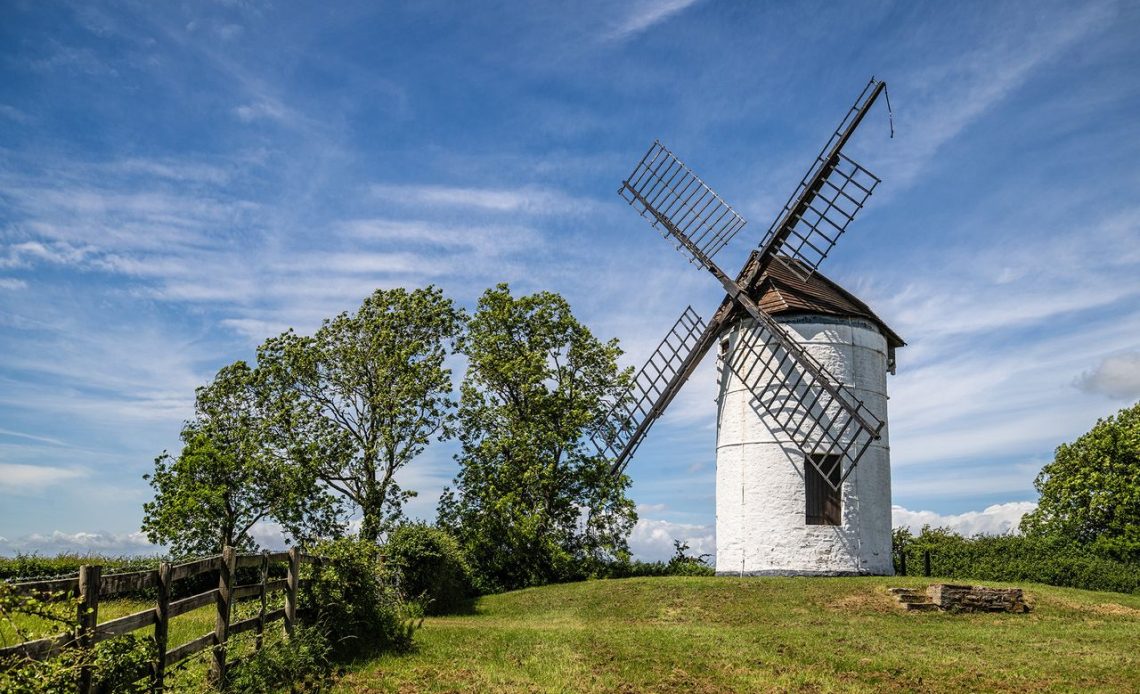
The countryside is dotted with examples of early technology in the form of wind and water-powered mills. Both types of mill used the power of nature to crank machinery that ground flour, pumped water or, in modern times, to generate electricity. Well, don’t concern yourself with the bird-battering eyesores of today, what we want to photograph are the mills of yesteryear. For windmills that means photographing them as part of the landscape, rather than just a close-up shot. It’s better to show them in the context of the local environment. You can also get inside some windmills, especially ones that still work, to photograph the various floors and machinery at work. On windy days it can be interesting to take a long exposure shot to blur the movement of the clouds and the sails going round.
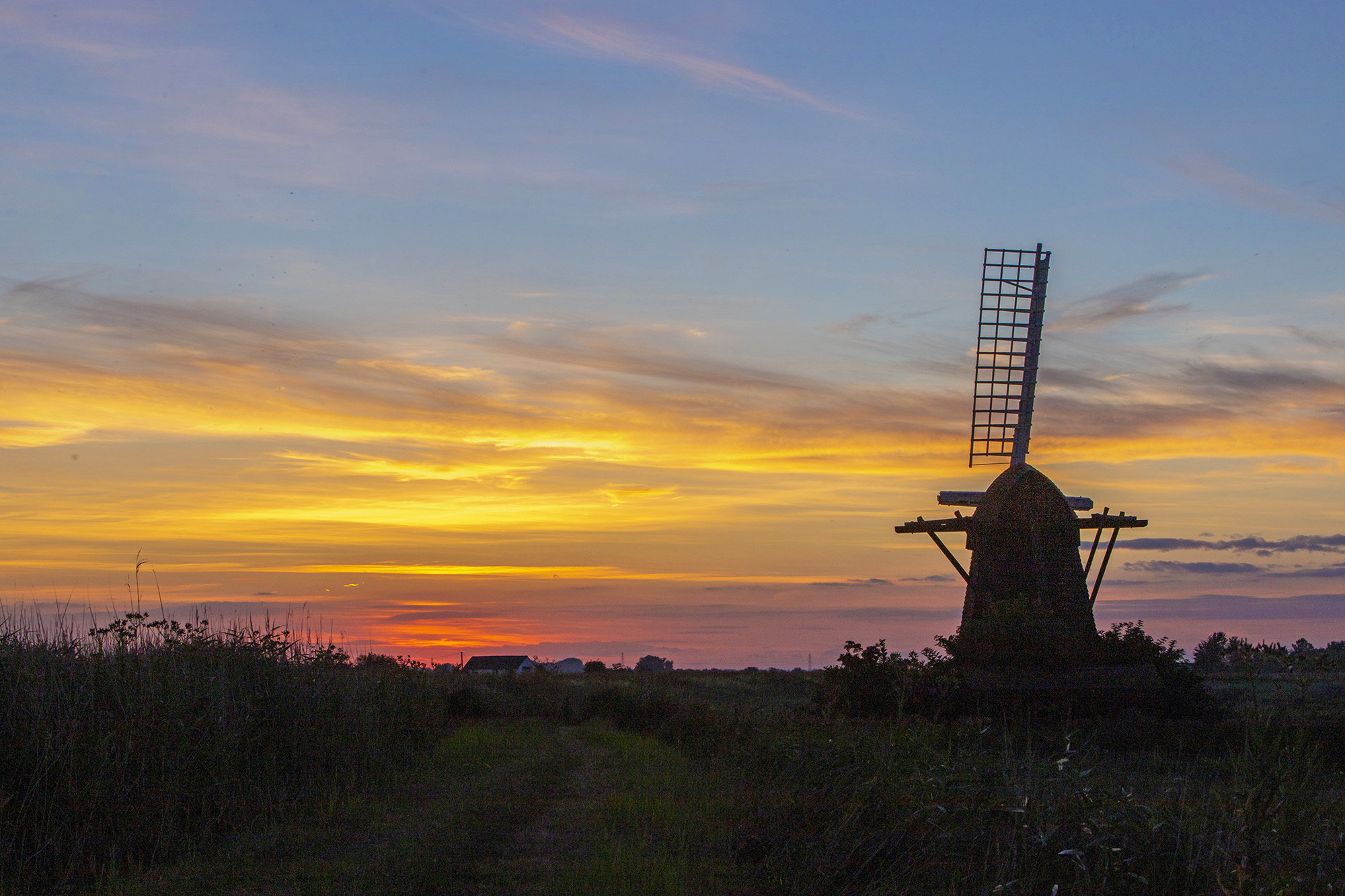
For watermills it’s somewhat different, as the buildings themselves tend to be anonymous square shapes made from bricks, so what to look for there is the water source and the great wheels that were driven by it. Some watermills were situated on rivers or fast-flowing streams, which suit long exposure shots, while others dammed the supply into a lake, and then used the height differential to a basin below to power the wheels at specific times. For these you’re looking for reflections outside and close ups of the machinery inside or featuring the wheels.
1. Don’t do this
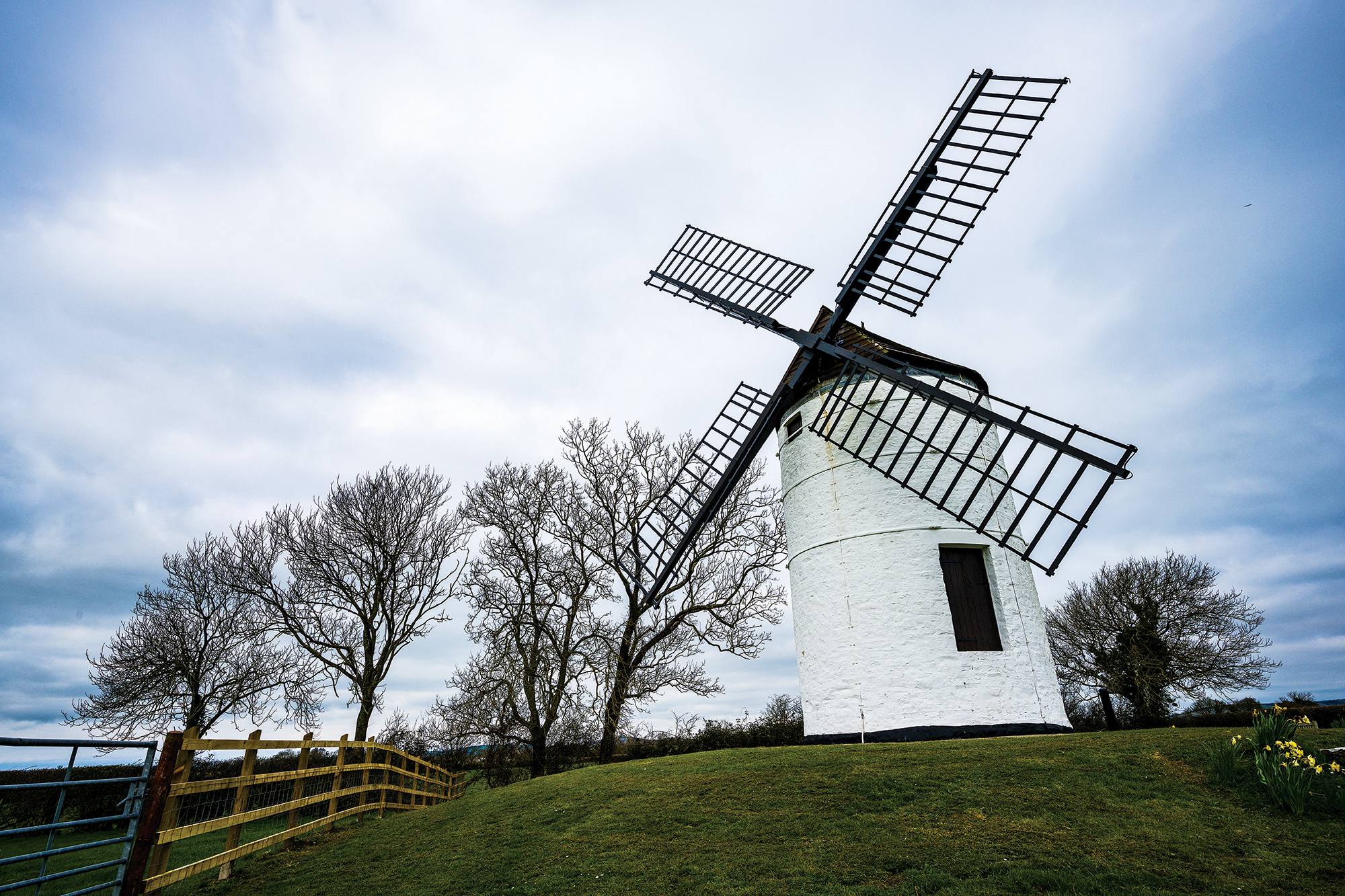
This is exactly what not to do. Don’t get too close and then use a wide angle lens (18mm here) to squeeze the mill into the shot as it creates significant distortion. Stand much further back and zoom in. The main photo on the previous spread used a 32mm focal length.
2. Use the foreground
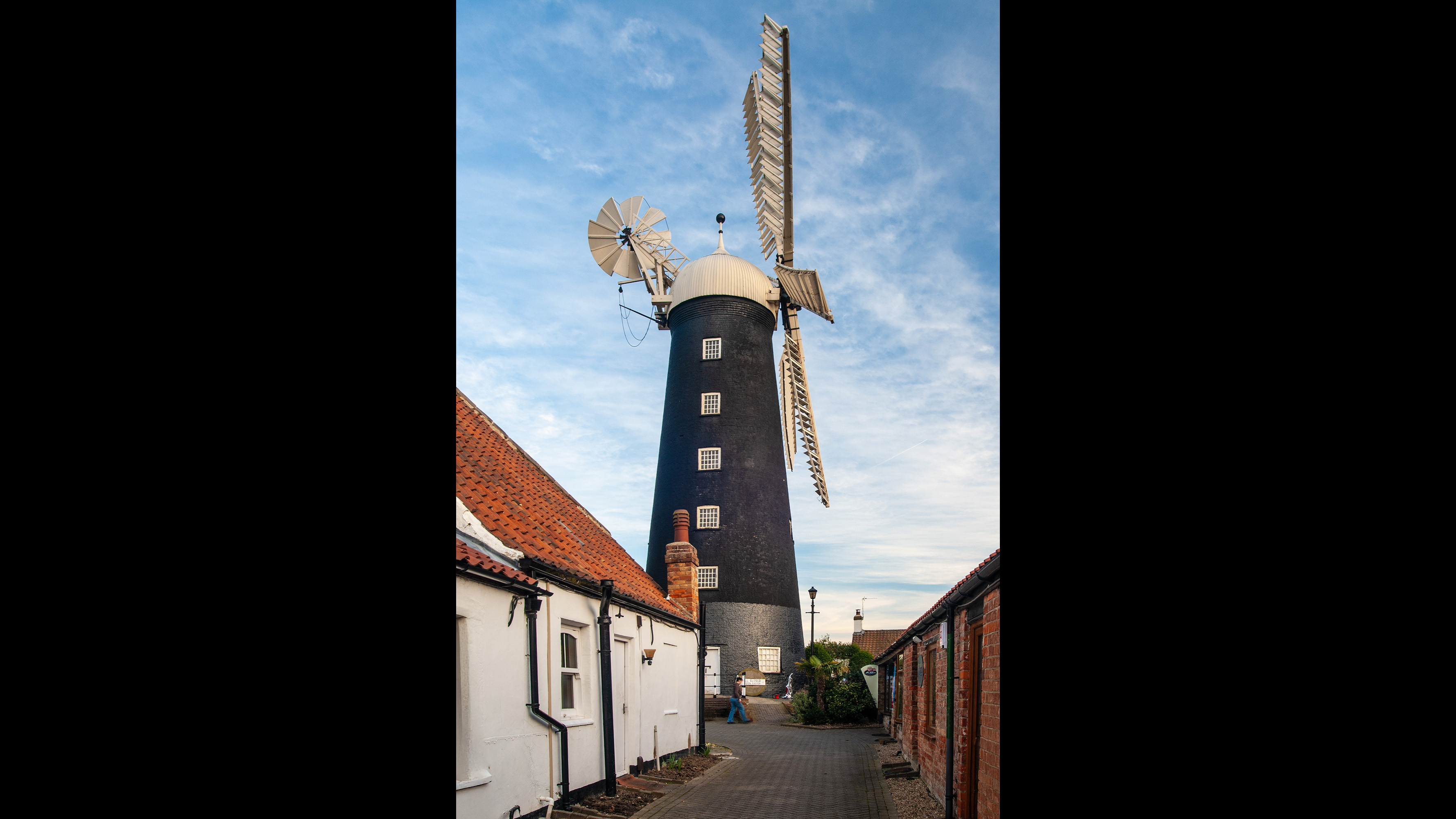
If the location has an interesting foreground then include it in the shot. Although this was shot at 23mm, the windmill itself is in the distance, so the main concern was distorting the buildings close to the camera. With an f/8 and wide angle, there was plenty of depth of field.
3. Include reflections
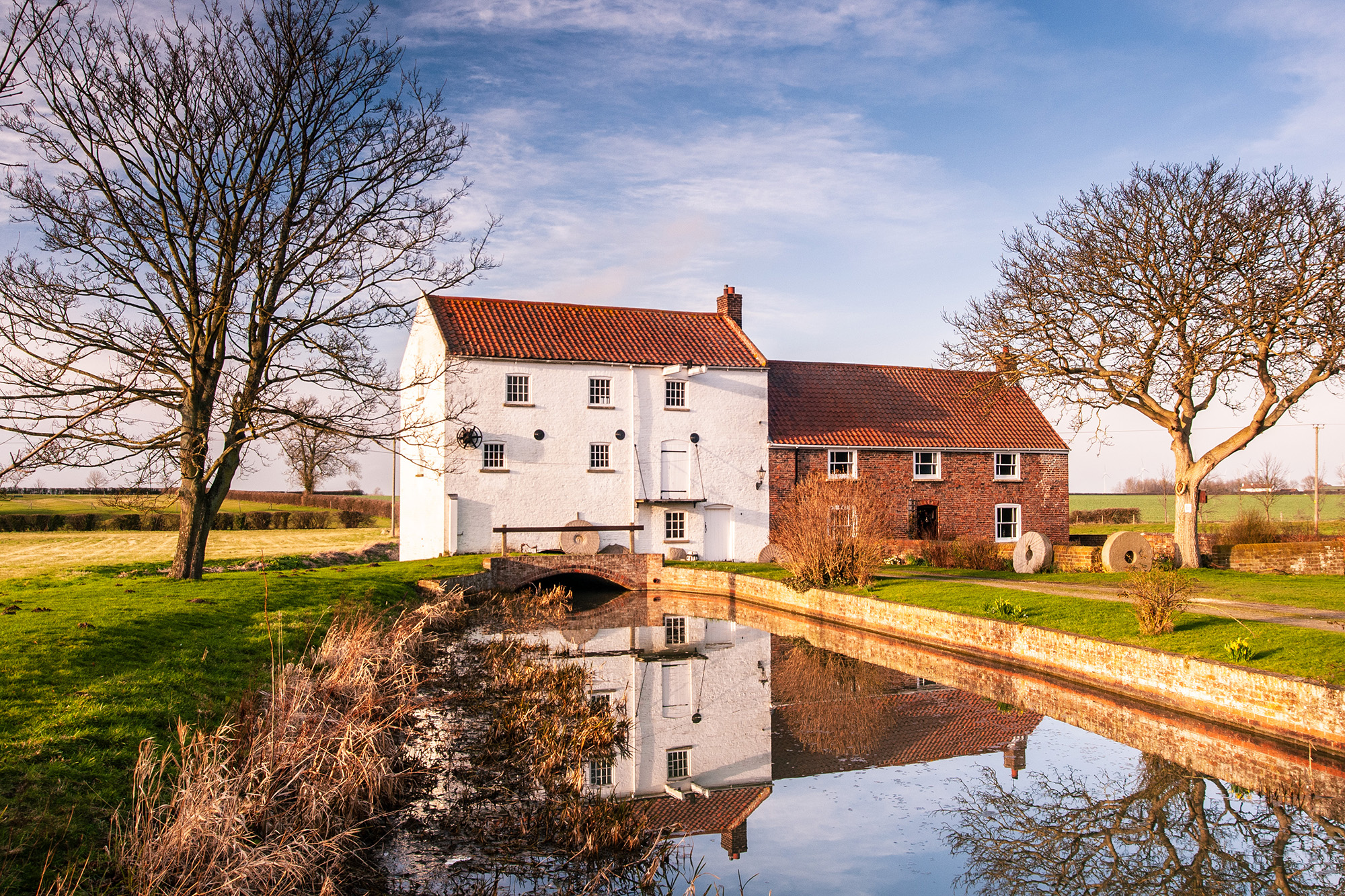
Some watermills didn’t even need running water, they simply dammed it in front of the building and machinery and then released the water when milling was required. Look for the reflections in these locations, as well as evidence of milling in the shape of the discarded grinding stones.
4. Bring nature into the scene
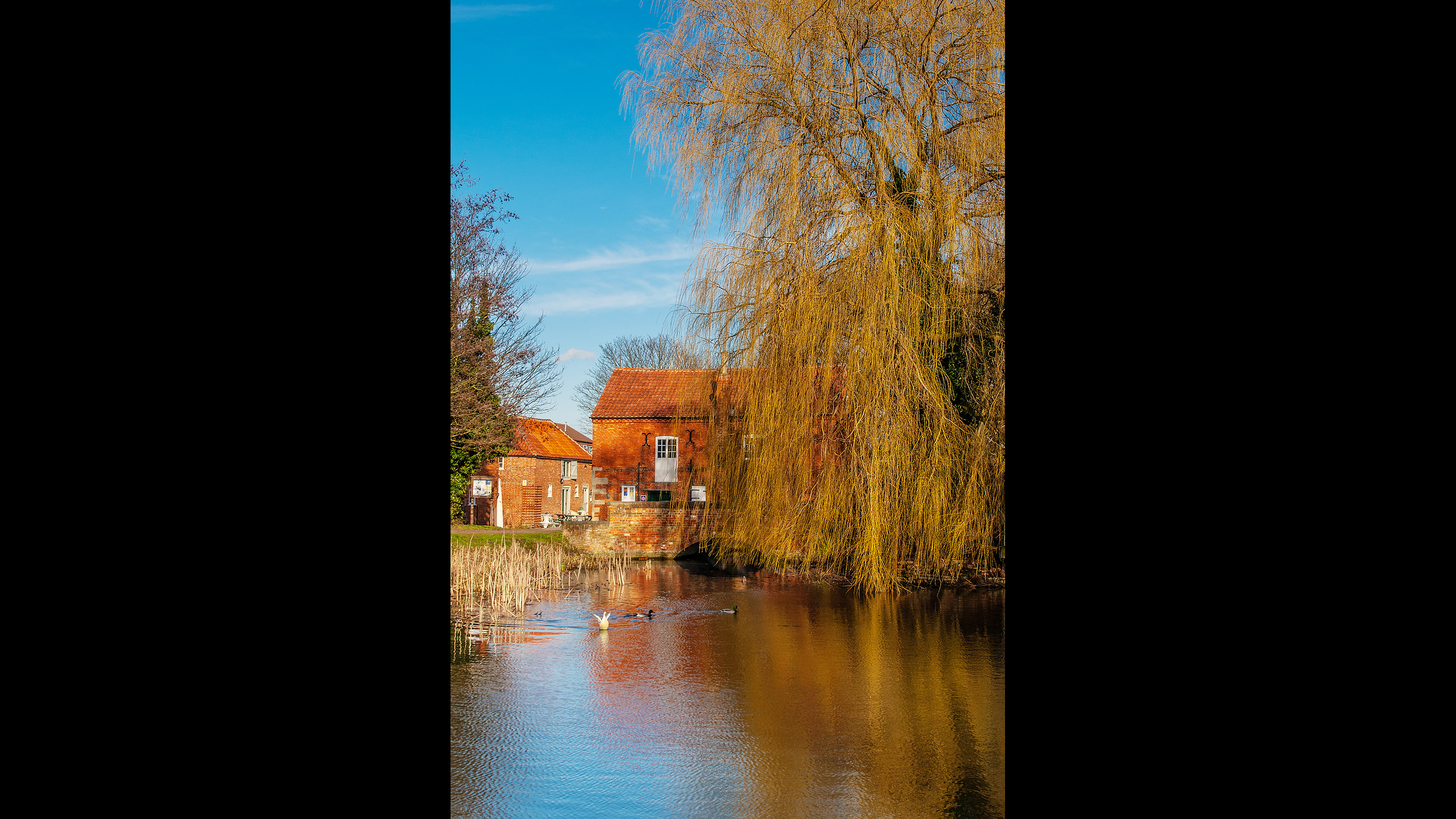
The large body of water in front of this watermill has attracted all manner of wildlife, while the tree next to the building has grown substantially over the last 200 years, making this a pleasing rural scene in the late afternoon sun. The point of focus here can be the mill itself for maximum sharpness.
5. Look for the details
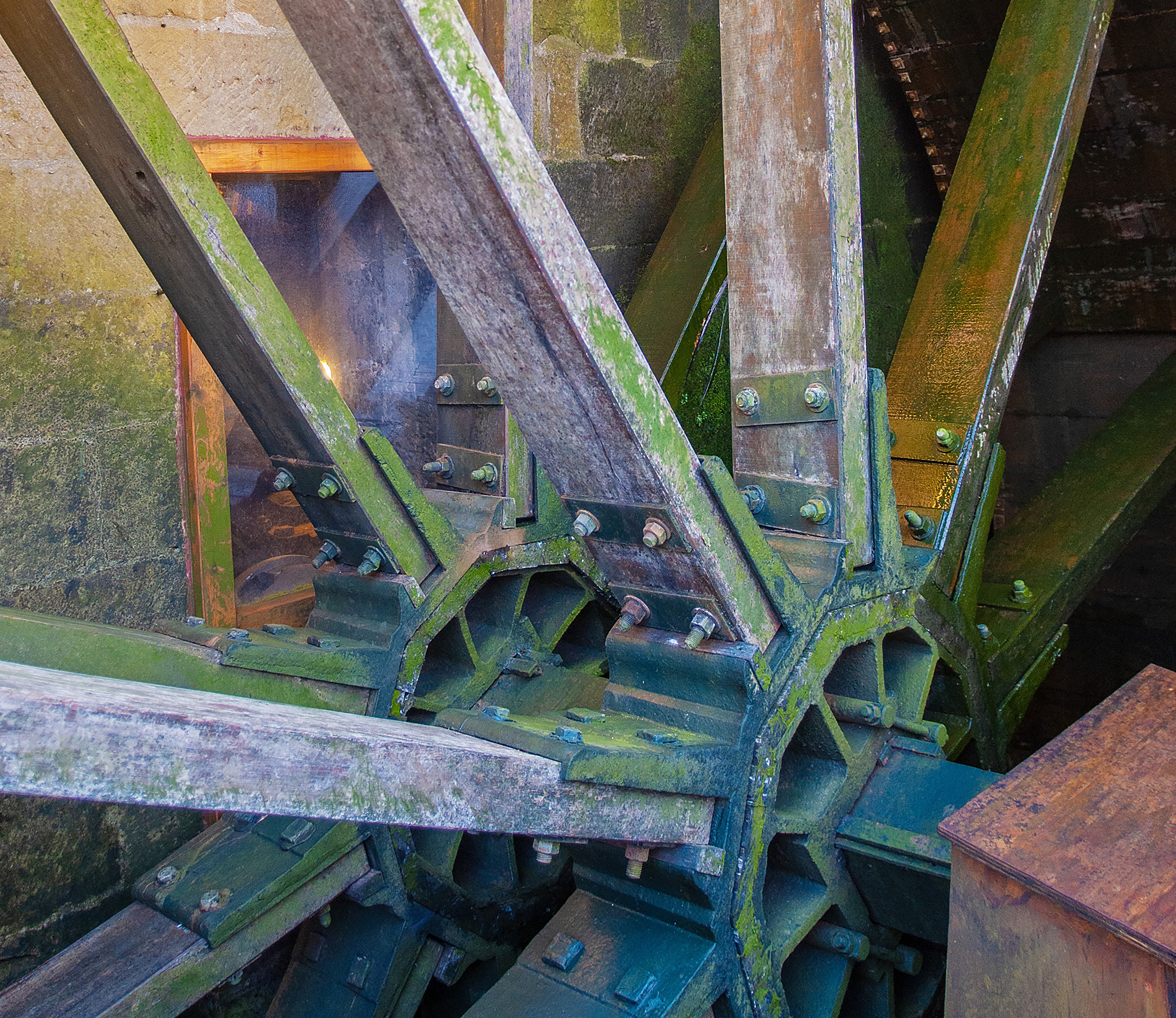
Whether you’re inside the windmill or down by the watermill’s wheels, look for the interesting shapes of the machinery that once powered these stalwarts of the rural milling economy. If you have a sweaty, flour-covered operator there, you can also add some portraits to the image list.
What kit do you need?
For interiors you’ll need a wide angle lens for general shots (18-24mm) but for close up details it can be interesting to pack a macro lens as well. For exteriors, a short telephoto is ideal unless you know exactly how much space you’re going to have for the shots. I took along a 24-85mm lens for the main shot for this feature, which gave ideal flexibility. If you’re taking some long exposure shots you’ll need a tripod, otherwise it’s not really necessary.
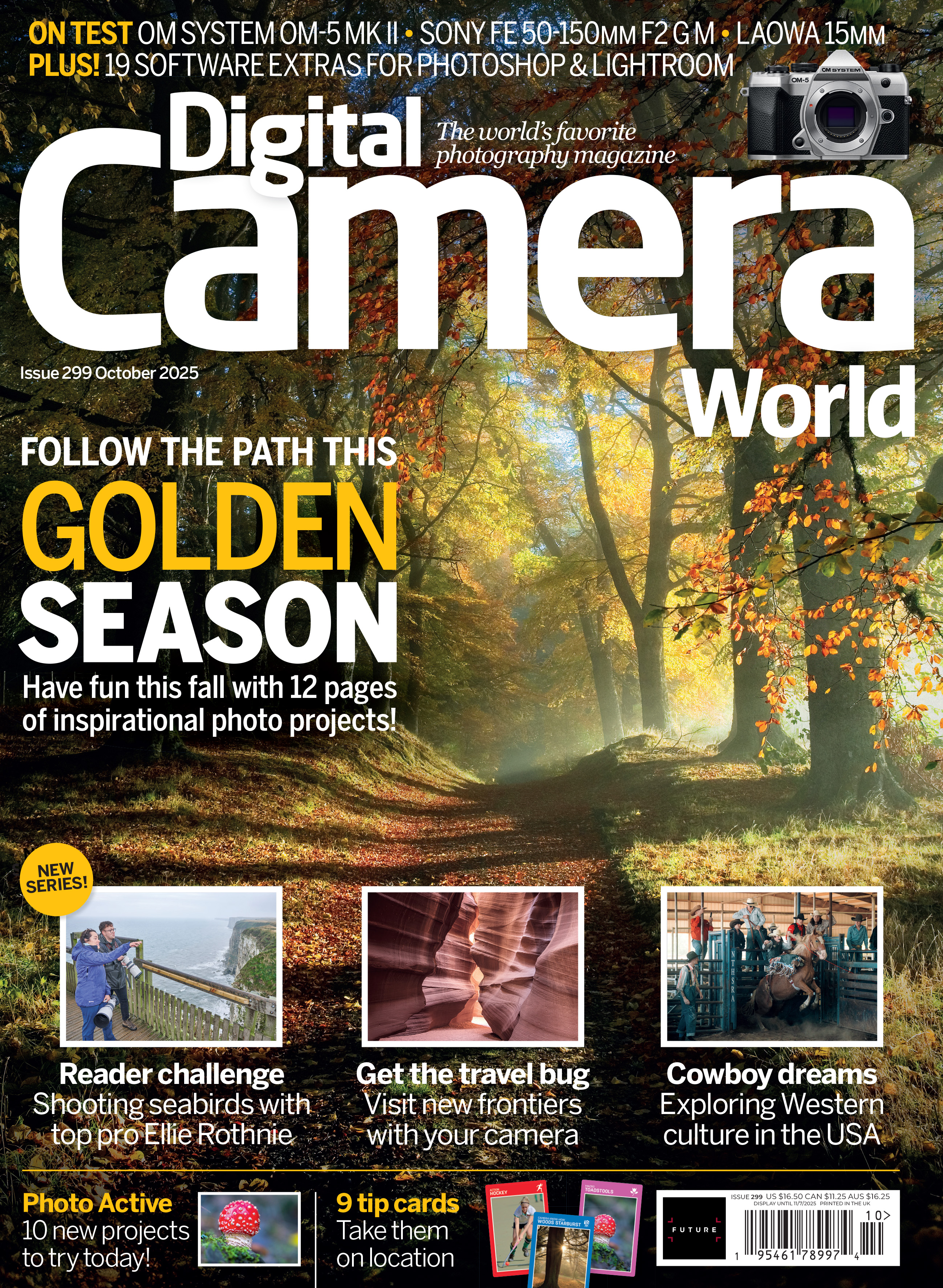
Digital Camera World is the world’s favorite photography magazine and is packed with the latest news, reviews, tutorials, expert buying advice, tips and inspiring images. Plus, every issue comes with a selection of bonus gifts of interest to photographers of all abilities.
Subscribe now with our latest subscription deal! View Deal
Before you go…
To shoot windmills and watermills you’ll need a wide angle lens with a telephoto capability, a tripod if you want to capture long exposures and a backpack to cart everything around in.
Author: Wendy Evans
Source: DigitalCameraWorld
Reviewed By: Editorial Team



